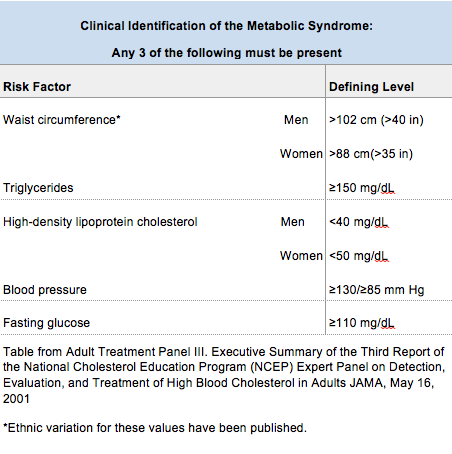Method for Assessment
There is a linear relationship between total cholesterol level and cardiovascular risk. But rather than simply screening patients with a cholesterol panel, screening for elevated ASCVD risk includes a multi-faceted ASCVD risk assessment. The 2013 ACC/AHA guidelines recommend risk factor assessment every 4-6 years from age 20 to 79. A comprehensive cardiovascular risk assessment, including fasting lipids blood test and the 2013 ACC/AHA risk calculator should begin at age 40 (and continue every 4 to 6 years). Risk factors used in the calculator are:
- Gender
- Current systolic blood pressure
- Treatment for blood pressure (yes/no)
- Total cholesterol
- HDL cholesterol
- Diabetes
- Race (African-American, White or other)
- Tobacco use
- Family history is not used in this calculator
Note: For those with clinical ASCVD or with LDL–C ≥190 mg/dL who are already in a statin benefit group, it is not appropriate to estimate 10-year ASCVD risk.
Clinical Cases – Part I
Today, you have three patients here to see you: Mr. Mark Guttman, Mrs. Maria De Los Santos, and Mr. Nelson Nguyen. All three patients in these case scenarios are here to see you after an initial fasting cholesterol screen. Use the internet to answer the questions.
| Case One |
|---|
Mark Guttman is a 40 year old white male living in Stamford, Connecticut. Mr. Guttman is here to see you for a follow up to an initial routine health care maintenance exam.
|
Part I: What is Mr. Guttman’s 10-year cardiovascular risk category according to the 2013 ACC/AHA Guideline?
Part II: What is Mr. Guttman’s 10-year cardiovascular risk category according to the 2013 ACC/AHA calculator if he quit smoking?
| Case Two |
|---|
Maria De Los Santos is a 67 year old Dominican female living in Washington Heights. She has been your patient for 8 years and is here to discuss the results of her fasting lipid panel.
|
Part I: What is Mrs. De Los Santos 10-year cardiovascular risk according to the 2013 ACC/AHA guidelines?
Part II: If she lowered her systolic blood pressure to 120, what would be her 10-year cardiovascular risk according to the 2013 ACC/AHA calculator?
| Case Three |
|---|
Nelson Nguyen is a 43 year old Vietnamese male living in Castro Valley, CA. He has been your patient for 5 years and is here to discuss the results of his fasting lipid panel. He had been lost to follow up to your practice for 2 years. He was taking only hydrochlorothizide (was buying it on own over past 2 years – you added a second hypertension medication at the last visit)
|
Part I: What is Mr. Nguyen’s 10-year cardiovascular risk according to the 2013 ACC/AHA Guildeline?
Part II: If Mr. Nguyen continues with the same risk factors for another 10 years, and avoids a cardiovascular event, what will be his 10-year cardiovascular risk according to the 2013 ACC/AHA calculator here?
Screening Recommendations from Other Societies
The USPSTF strongly recommends screening men aged 35 and older for lipid disorders, reserving screening for men starting at 20 only if they are at increased risk for coronary heart disease. The USPSTF strongly recommends screening women aged 45 and older for lipid disorders if they are at increased risk for coronary heart disease, and reserves screening for women at age 20 only if they are at increased risk for coronary heart disease. The USPSTF believes optimal interval for screening is uncertain, but a reasonable option includes every 5 years (USPSTF, 2008).*
The “Metabolic Syndrome”
| Clinical Practice: Looking for the “Metabolic Syndrome” to identify high risk patients |
|---|
| The “Metabolic Syndrome” is not a construct used in the 2013 ACC/AHA lipid guidelines, but you may see it used by clinicians at your practice site to identify high-risk patients with multiple cardiovascular risk factors. Some organizations have questioned the utility of identifying metabolic syndrome above and beyond each individual risk factor (Kahn et al, 2005). Treatment of the metabolic syndrome involves intensive management of each identified risk factor. About 35% of US adults meet criteria for Metabolic Syndrome (Volnada 2012)
 |
*In 2015, the USPSTF posted and accepted public comments on a revision to its 2008 lipid guidelines. The Draft Recommendation Statement on screening and statin therapy for primary ASCVD prevention was available for comments through January 26, 2015. It has not been announced when a final recommendation will be released).
| << Hyperlipidemia and Guidelines |